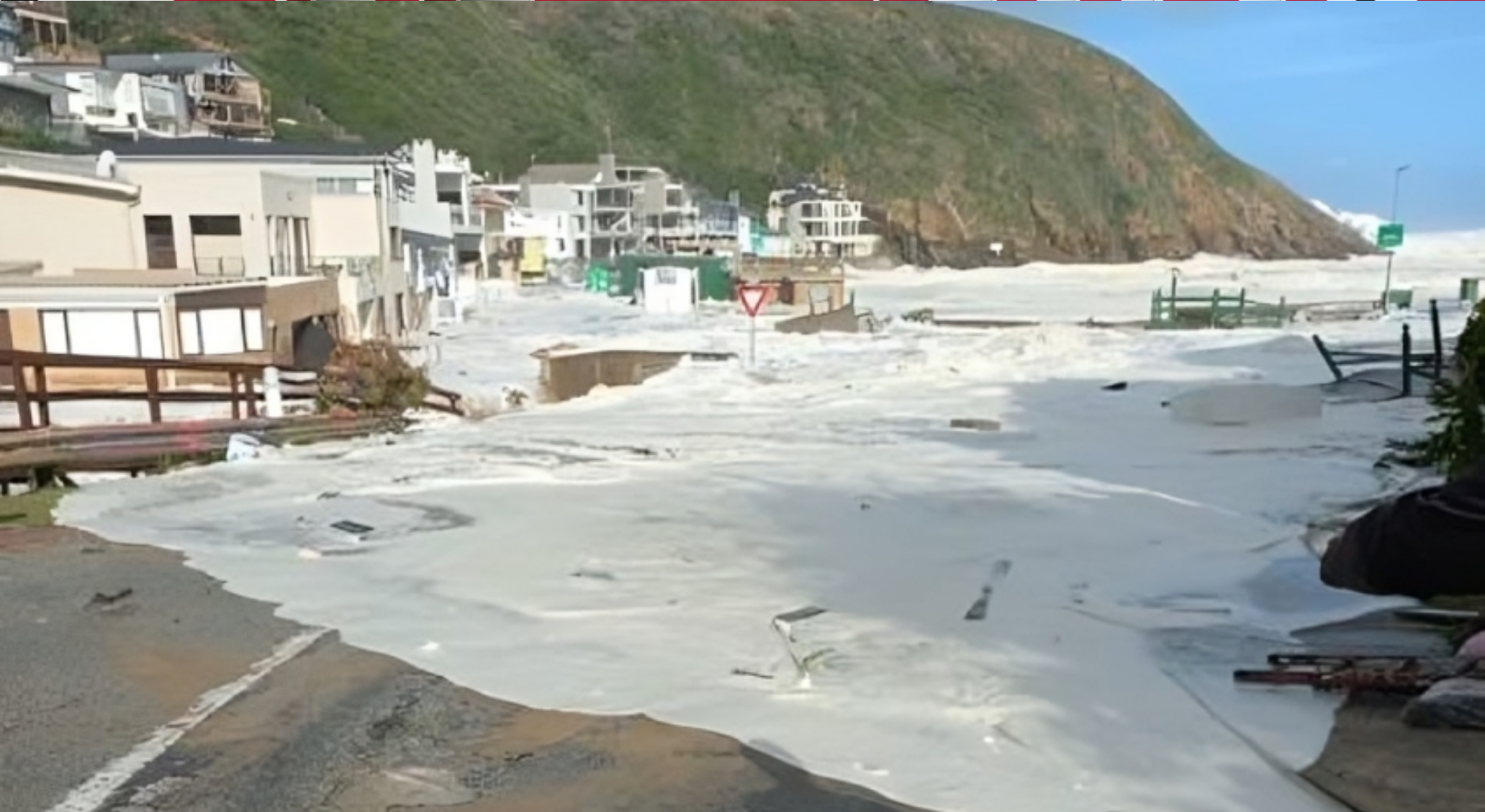Old Mutual Insure last week announced a partnership with JBA Risk Management that will enable it to meet the challenge of pricing weather-related risks in South Africa.
The partnership between Old Mutual Insure and the UK-based flood science specialist comes at a crucial time as the country grapples with the aftermath of severe storms, such as those experienced in the Western Cape in the latter half of 2023.
Read: Insurers still quantifying losses from Western Cape storm
Although the damage was not as extensive as occurred during the KwaZulu-Natal floods in 2022, over one weekend the storm that occurred in September last year brought more rain to the region in three days than in two typical mid-winter months.
Read: Insurers and their clients count the cost of extreme weather
According to Ronald Richman, chief actuary at Old Mutual Insure, the devastating impact of these storms on people and businesses underlined the pressing need for proactive measures against escalating flood risk.
Richman said the alliance with JBA would allow the non-life insurer to leverage location-specific flood data and give it a more informed view of flood risk.
“This means that we will be able to offer an improved and more appropriate flood risk cover for clients and ensure our business model remains robust and climate-change ready,” he said.
JBA will provide Old Mutual Insure with detailed flood maps of the country, enabling it to underwrite flood risks better in personal and commercial lines.
Using FLY Technology, Old Mutual Insure will access JBA’s flood data, which provides property-level flood risk data for any location. The insurer said this would assist in proactively managing policyholders’ risks to changing weather patterns and “enable wider access to affordable reinsurance capacity”.
Haydn Marchant, re/insurance specialist at JBA Risk Management, said JBA was delighted to be working with Old Mutual Insure in understanding and managing its flood risk in South Africa.
“Informed decision-making around flooding is critical in building future resilience for both the insurance market and its customers,” said Marchant.



